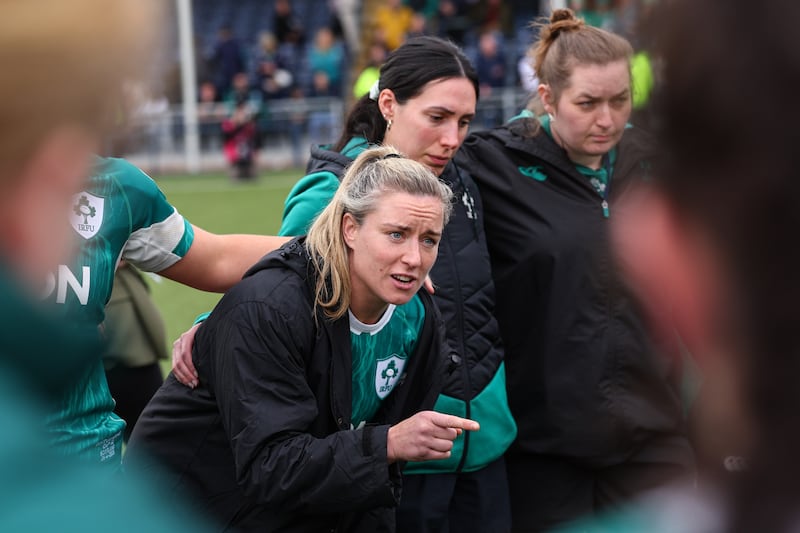A is for Ahlberg
Husband-and-wife team Allan and Janet Ahlberg are responsible for some of the best British picture books of the late 20th century. The exquisitely detailed bucolic scenes from Each Peach Pear Plum, Peepo and The Jolly Postman have entertained children for generations, while Burglar Bill, Funnybones and The Happy Families series combine pictorial narratives with comedy.
B is for Briggs
0 of 7
Raymond Briggs is best known for The Snowman, which crystallised his signature style in a transformative, wordless seasonal tale that let the crayon drawings tell the story. Briggs's preference is for comic-style panels and curmudgeonly characters, such as Fungus the Bogeyman or Father "Blooming" Christmas. These early books appeal to older readers, who have also warmed to When the Wind Blows, which confronts working-class politics and nuclear war.
C is for Clarke
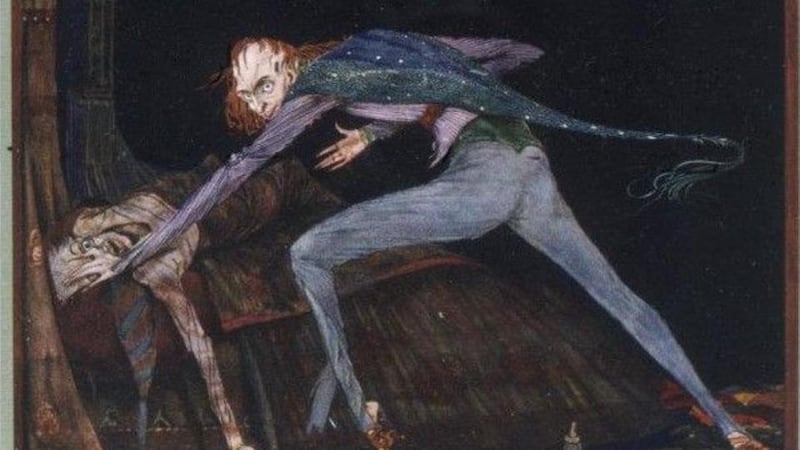
Before he turned his hand to stained glass , Harry Clarke worked as an illustrator, bringing to life the fairy tales of Hans Christian Andersen and Charles Perrault, as well as the gothic stories of Edgar Allan Poe and Goethe's Faust. Clarke's long, slender figures evoke the romance and glamour of the Art Deco period, and the full colour plates are as glorious as any of his religious-themed windows.
D is for Dr Seuss
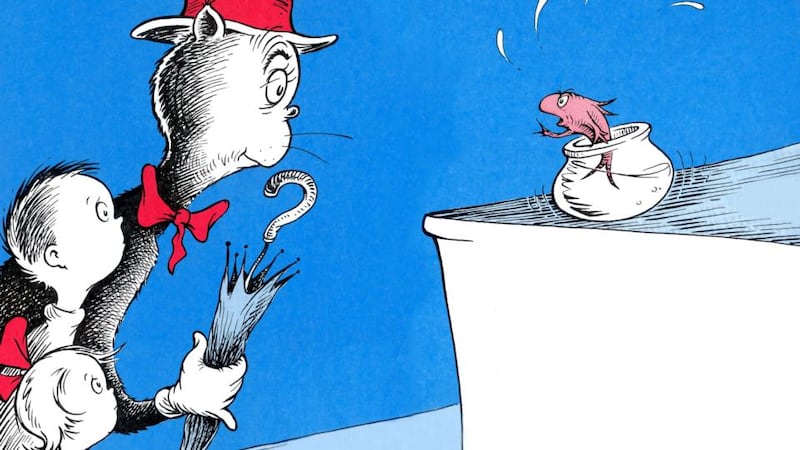
Theodor Seuss Geisel began his professional life as an ad man, illustrating campaigns for oil, electricity, even insect repellent. He brings his gift for jingles to stories for children, using alliteration and a distinctive palette of primary colours to animate a variety of animal characters, such as the Cat in the Hat, Yertle the Turtle and Horton the elephant.
E is for Eric Carle
Another former ad man, whose bold graphic prints are immediately recognisable. His distinctive collage technique layers hand-painted papers to create cheerful images of the natural world in books such as The Very Hungry Caterpillar and Polar Bear, Polar Bear, What Do You Hear? Features such as die-cut pages or recorded sound make the books particularly appealing to very young readers.
F is for Fujikawa
Gyo Fujikawa's first job was with Walt Disney, and the optimism of the company's cartoons influenced the buoyancy of her picture books. Let's Eat; Let's Play; and Oh, What a Busy Day! illuminate a young reader's daily routines. Fujikawa also notably uses a multiracial cast of characters, while Fairy tales and Fables includes non-western myths.
G is for Gorey
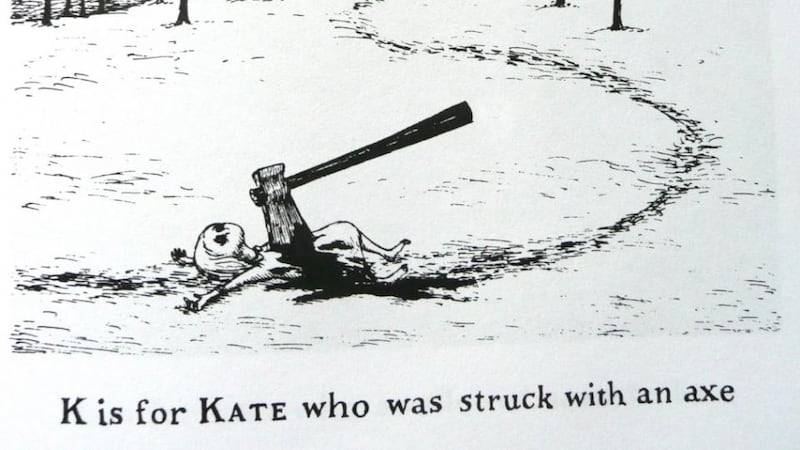
The gothic storybook sketches of Edward Gorey, master of the macabre, have had a pervasive influence on contemporary illustrators such as Brett Helquist and Chris Riddell. With their Victorian settings and surreal images, the content is as gory as the pen-and-ink drawings themselves. See The Gashlycrumb Tinies, an A to Z of children's death; the perfect antidote to sugary happy endings.
H is for Hughes
Shirley Hughes first found fame illustrating My Naughty Little Sister, the Dorothy Edwards series from the 1950s. She has published more than 50 of her own books since. Characters such as Lucy, Tom, Alfie and Annie-Rose are the quintessential children of middle England: the emphasis on local community and family life mirrors the miniature nature of a child's worldview, while the children themselves – all ruddy cheeks and chubby knees – jump off the page.
I is for Irish illustrators
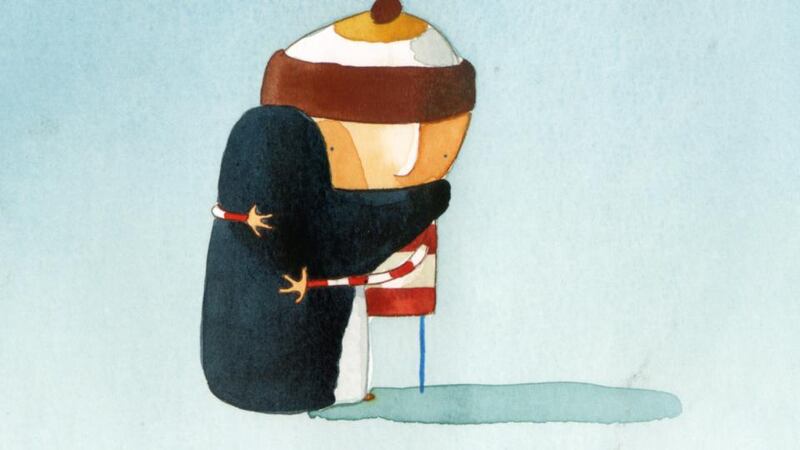
Irish illustration is experiencing a golden age at the moment, with picture book makers such as Mary-Louise Fitzpatrick, Chris Haughton, Oliver Jeffers, Chris Judge and Niamh Sharkey securing international reputations. An exhibition of Irish illustrators' work is now on at the DLR Lexicon library in Dún Laoghaire, Co Dublin.
J is for Jansson
Tove Jansson’s beloved Moomins first emerged in a comic strip in a Finnish political magazine. Moomintroll, Snork and Little My went on to have lives of their own in a series of picture books for older readers that have remained so popular that when Jansson gave up drawing them in the late 1950s, her brother took over the franchise, producing new, more sanitised storylines, until the late 1990s.
K is for Klassen
With their spare text, bold images and quasi-philosophical storylines, Jon Klassen's picturebooks are almost Beckettian: the hat in his debut book This Is Not My Hat is even a bowler. Klassen starts with black ink silhouettes, which he scans and digitally colours. The result is clean and deceptively simple. His recent collaboration with Lemony Snickett, The Dark, was one of the best and most beautiful picture books published last year.
L is for Lynch
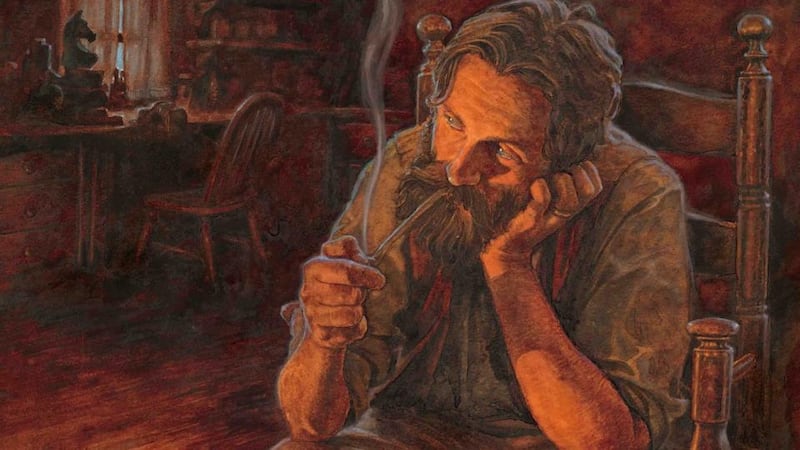
Folklore and legends are the subject of PJ Lynch's books. The influence of Arthur Rackham is clear in the atmospheric watercolour paintings that illuminate seasonal favourites The Christmas Miracle of Jonathan Toomey and A Christmas Carol. His Irish-inspired work on the fairy tales of WB Yeats and Oscar Wilde is glorious.
M is for Maurice Sendak
There is a subversive streak to Sendak's stories, which bring together the grotesque and the absurd to create some of the most memorable modern cautionary tales, such as Where the Wild Things Are and Pierre. In the Night Kitchen, a compelling, weird tale of dough and liberated nudity, remains one of the most banned books for children in ths US.
N is for Nick Sharatt
Sharratt's picture books are inspired by 1960s pop-art. The illustrations offer broad strokes, bright colours and a comic sensibility, of which Ketchup on Your Cornflakes? and The Big Book of Crazy Mix-ups are two. He also gave visual life to Jacqueline Wilson's Tracy Beaker tales, and several Julia Donaldson books.
O is for Oxenbury
Best-known for her illustrations for other authors (Mem Fox's Ten Little Fingers and Michael Rosen's We're Going on a Bear Hunt), Helen Oxenbury's board books are a wonder for babies. All Fall Down; Tickle Tickle; Clap Hands; and Say Good Night celebrate babies in all their chubby, busy, messy glory.
P is for Pienkowski
Jan Pienkowski is best-known for the Meg and Mog books, which combine luminous backgrounds with bold black-and-white characters: the long-limbed witch Meg, and her feline sidekick, the fur-shocked Mog. However, his later silhouette sketches are books of rare beauty. See Fairy Tales; A Thousand and One Arabian Nights; and, for the season that's in it, The Christmas Story.
Q is for Quentin Blake
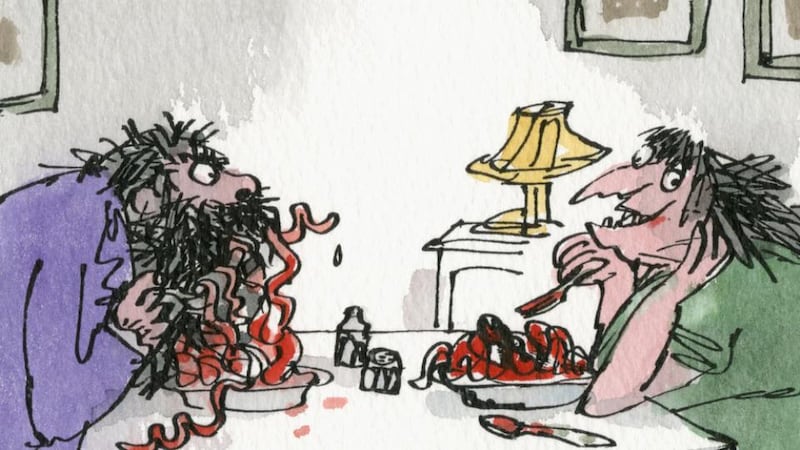
As Roald Dahl's illustrator, Blake brought to life the grotesque witches, trolls and giants of Dahl's many children's novels in sketches packed with detail and movement. He now draws pictures for David Walliams, and has created a number of classics of his own, including Mister Magnolia, whose rhymes are as memorable as his adventures.
R is for Rackham
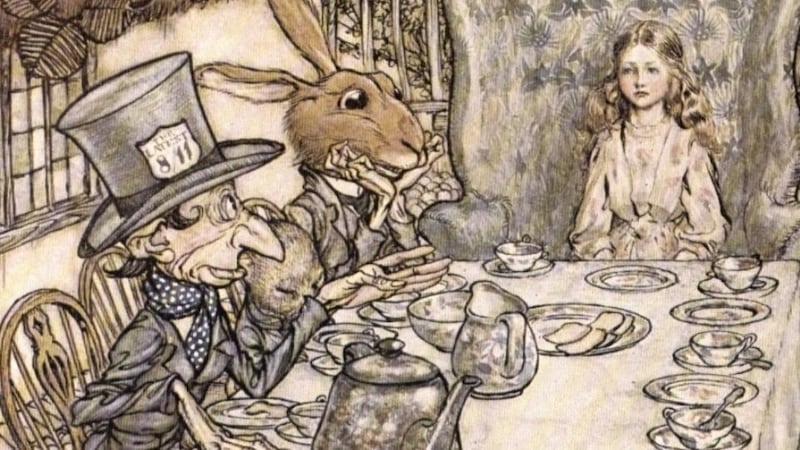
Arthur Rackham is easily identified as a genius of the golden age of early 20th-century illustration. In his memorable editions of Peter Pan and Alice in Wonderland, his light pencil sketches are washed with romantic watercolour hues, while his many illustrated fairy tales combine realistic figures with eerily human goblins and giants.
S is for Scarry
Richard Scarry's detailed world of Busytown is one of the best language-builders for young children. With boldly coloured characters, such as Lowly Worm, and a multitude of disasters, there is lots to laugh at and talk about. Books such as Great Big Schoolhouse and What Do People All Day? will be read again and again and are real investments for a personal library. Beware of later TV-inspired spin-offs and Scarry's pre-1968 sexual politics.
T is for Tan
Australian Shaun Tan might be the only author/illustrator to have won an Oscar, for his animated adaptation of The Lost Thing, his second stand-alone picture book. The visual and emotional landscape of the work is bleak – The Arrival resonates movingly with Holocaust history – while his drawings, which begin in black and white even when reproduced finally in colour, are sharp and atmospheric.
U is for Ungerer
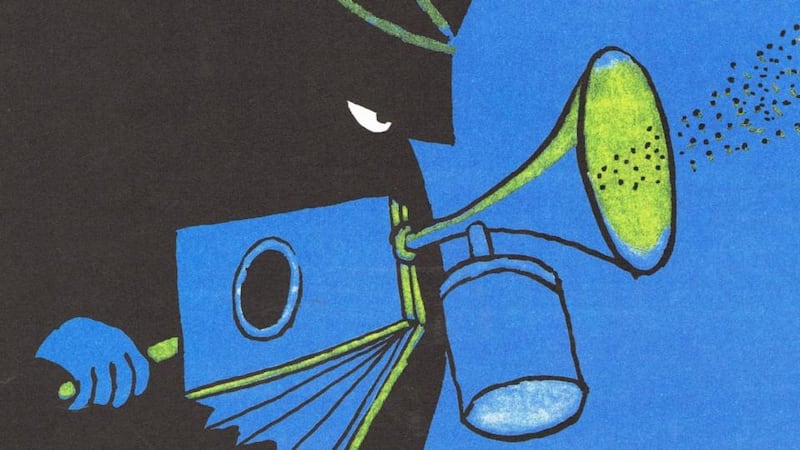
The picture books of French-born, Irish-based Tomi Ungerer combine absurdity and joyful anarchy with gentle morals and a variety of illustrative styles, from the bold abstraction of The Three Robbers to the light sketches of No Kiss for Mother. You will struggle, however, to find many of them in print: Ungerer fell out of favour with parents and schools after publishing erotic books for adults.
V is for Van Allsburg
You probably know the work of Chris Van Allsburg even if you don't know his name. He was the creator of Jumanji and Polar Express, which were both turned into films. His background as a sculptor explains the extraordinary use of perspective in his pictures, while his trademark use of realistic imagery to illuminate fantastical stories can be seen no better than in The Mysteries of Harris Burdick.
W is for Willems
Mo Willems began his creative life with Sesame Street and his beloved, benighted characters (Knuffle Bunny, Pigeon, Elephant and Piggie) owe an enormous debt to the gentle wacky humour of Jim Henson's workshop. The characters have bounce and the pastel colour palette grounds the chaos unleashed by the animals on their adventures.
X is for Xiao
Xiao Mao is one of China's foremost children's writers. His anthropomorphic animal characters are often the first literary touchstone for young readers. Memorable creations include the Laughing Cat, Happiest Duck, and Mr Elephant, star of a series that includes, most recently, How to Teach an Elephant to Jump, a charming collaboration with Malaysian illustrator Yusof Gajah.
Y is for Young
Ed Young has helped to bring Chinese myth and legend to a mainstream audience. Lon Po Po is a Chinese version of LIttle Red Riding Hood brought to life with sinister, hazy watercolour images, using a stylish typography that evokes Chinese calligraphy.
Z is for zzz
The bedtime story is an important ritual. Goodnight Moon by Margaret Wise Brown has been soothing children to sleep for more than half a century, the luminous illustrations fading to monochrome as the house is shut up for the night. For parents whose children are immune to its soporific charm, Adam Mansbach's Go the F**k to Sleep, is a good antidote.























